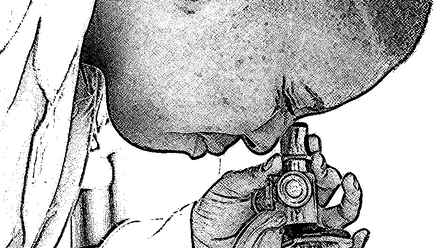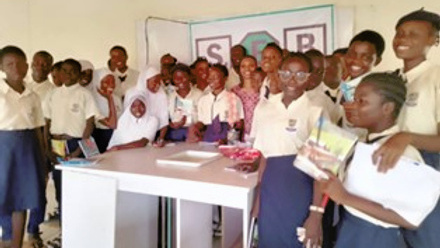Travel Grants to Go: Community-based field work in Mongolia
Meeting with herders and farmers revealed not only the severe social and ecological consequences of climate change, but also the exceptional depth of local communities’ historical relationship with the land. I actively participated in seminars on developing practical solutions to pressing conservation and cultural challenges within the Hustai National Park Buffer Zone, such as free-ranging livestock entering crop farmer’s fields. Under the guidance of rangers, our interdisciplinary course team generated ideas, integrating the perspectives of Mongolian community members in real time to ensure that proposed strategies were both culturally appropriate and ecologically sound. This approach emphasized genuine community involvement– working alongside local stakeholders to address human-wildlife coexistence– rather than imposing external directives. This “bottom up” approach fostered equitable and sustainable conservation outcome.

These are perspectives that cannot be gained through brief interviews or classroom study; they emerged only through immersive, day-to-day teamwork. This sustained, intensive collaboration fostered a strong foundation of trust, which ultimately resulted in my being granted permission to collect a skeletal specimen prior to the formal commencement of fieldwork.
The recovery of one specimen has enabled the development of a database that will serve as the foundation for a centralized repository which supports international scientific research by providing a single access point for researchers to share and analyze data on takhi. The relationships I established during the ACMS course and subsequent fieldwork have created a strong foundation for future funding opportunities for me as well as other researchers. The initial investment provided by the SEB grant has enabled extended field engagement and collaborative partnerships to support the pursuit of larger grants and long-term sponsorship.
By situating conservation research within the lived realities of rangers, herders, and farmers, field courses such as those offered by the American Center for Mongolian Studies (ACMS) provide an essential foundation for building the trust and collaboration necessary for durable outcomes. Effective conservation partnerships depend on long-term, immersive collaboration that integrates community perspectives into both scientific inquiry and policy development. In addition to advancing the scientific and cultural foundations of the natural history collection, this fieldwork directly informs my broader outreach goal, such as presenting to international audiences.







